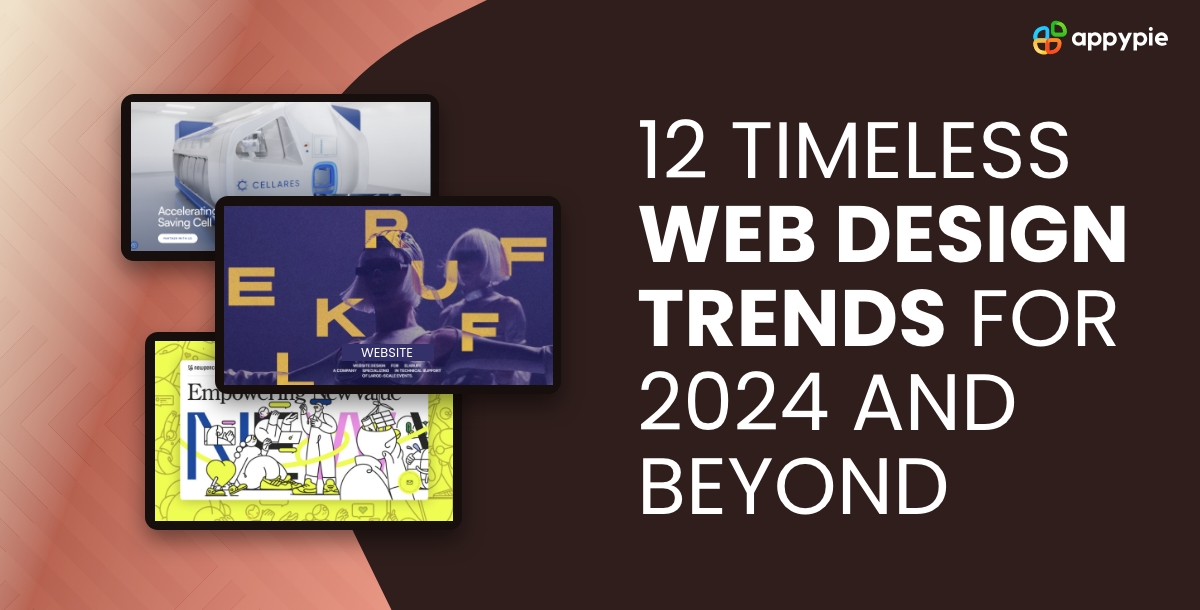12 Timeless Web Design Trends for 2024 and Beyond

Is your web design timeless, or will it fade with the fleeting trends of today? As we navigate through the ever-evolving landscape of digital aesthetics, certain web design trends have proven their resilience, standing the test of time well into 2024. These enduring styles not only enhance the visual appeal of websites but also ensure a seamless user experience, bridging the gap between graphic design and web design with finesse.
Identifying these trends is crucial for designers looking to create a web design portfolio that remains relevant and appealing to a broad audience. From minimalist layouts to dynamic interactive elements, the key lies in balancing innovation with classic web design principles. This approach not only enriches web design logo ideas but also solidifies a web design business's market position by appealing to timeless aesthetics while embracing future-forward functionality.
12 Web Design Trends That Will Never Go Out of Style
As we venture into 2024, the digital realm continues to evolve, yet certain web design trends have established themselves as enduring staples in the industry. These trends go beyond mere aesthetics, encompassing functionality, user experience, and the fundamental difference between graphic design and web design. They serve as the foundation for web design portfolio ideas, ensuring that your projects resonate with audiences now and in the future.
Among these timeless trends are responsive designs that cater to mobile users, the strategic use of white space for visual balance, and bold typography that captures attention. Additionally, web design color trends such as dark mode and cohesive color schemes offer both aesthetic appeal and usability benefits. These elements, when skillfully integrated into web design logo ideas and web design business ideas, create a digital experience that is not only visually captivating but also intuitively navigable, ensuring that your work remains at the forefront of design excellence.
-
Minimalistic Layouts and Clean Design
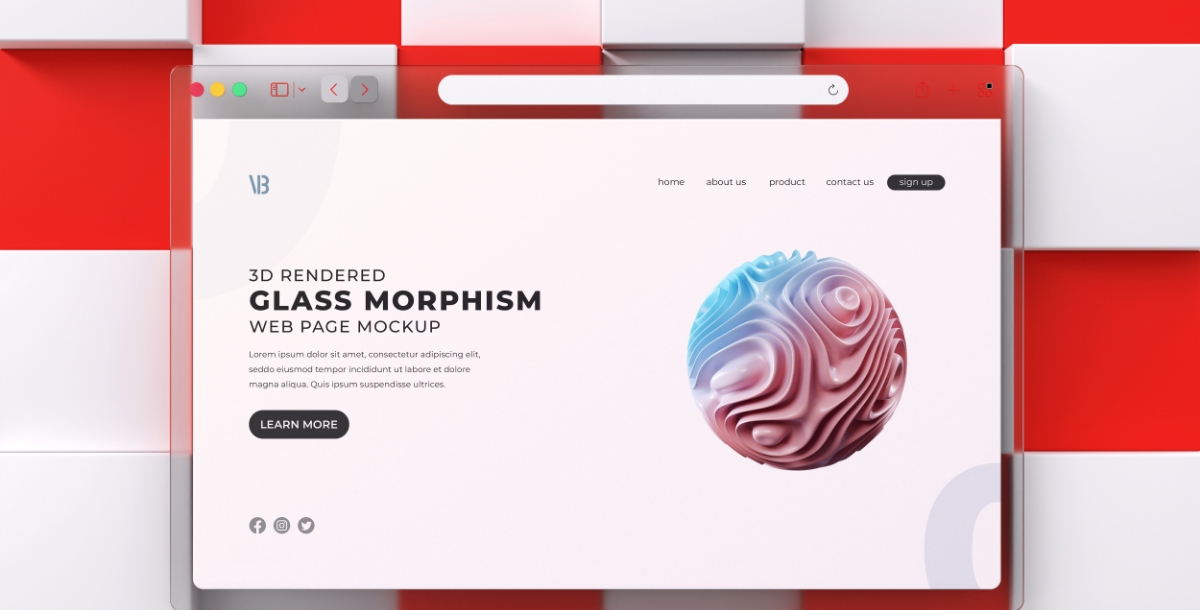
Minimalistic layouts and clean design focus on simplicity and functionality, stripping away unnecessary elements to highlight what truly matters. This trend emphasizes content with a clutter-free interface, facilitating a more enjoyable and efficient user experience. By using minimalistic design, websites achieve a timeless aesthetic that appeals to a wide range of users, prioritizing navigation ease and focusing on essential information.
Implementing a minimalistic approach can significantly enhance web design portfolios, showcasing a designer's ability to create impactful, user-centric websites. Aspiring designers might consider web design certification to deepen their understanding of these principles, ensuring their work not only meets but exceeds modern usability standards.
-
Responsive and Mobile-Friendly Interfaces
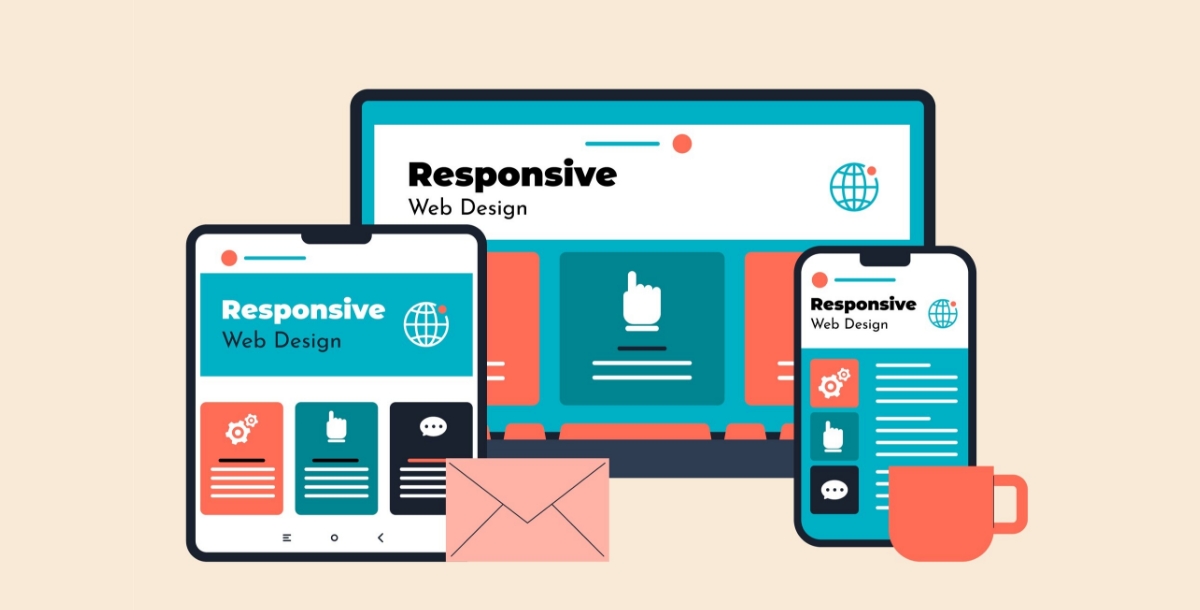
The shift towards mobile-first design reflects the growing trend of internet browsing on smartphones and tablets. Responsive and mobile-friendly interfaces adjust seamlessly to various screen sizes, ensuring an optimal viewing experience across all devices. This approach is crucial in today's digital landscape, where user engagement and accessibility are paramount.
Understanding how to learn web design with a focus on responsive techniques is vital for designers aiming to stay ahead in the industry. Moreover, AI Design Tools can aid in creating adaptive layouts that automatically adjust content, making websites more accessible and user-friendly.
-
Custom Illustrations and Unique Graphics
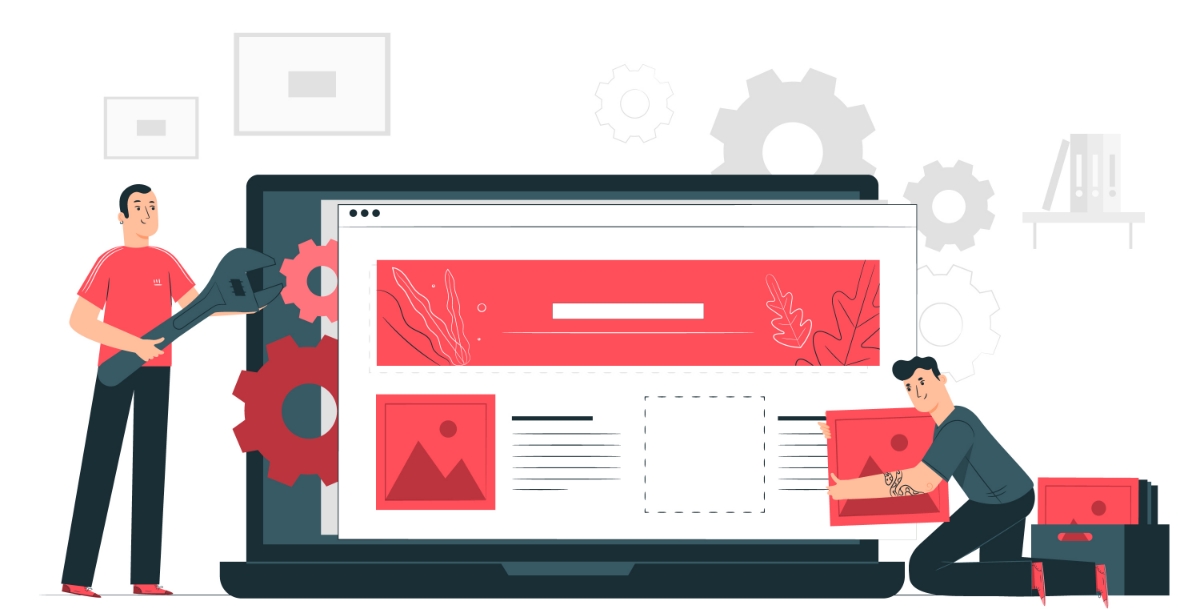
Custom illustrations and unique graphics inject personality and brand identity into web design, setting a site apart from competitors. These bespoke elements tell a brand's story in a visually engaging way, creating memorable experiences for visitors. Through artistic expression, designers can communicate complex ideas simply and attractively.
Incorporating custom artwork requires a blend of creativity and technical skill, often showcased in web design portfolios. For those looking to specialize in this area, certain certifications can provide the necessary foundation and skills to excel.
-
Dynamic and Interactive Elements

Dynamic and interactive elements add life to web pages, engaging users through motion and activity. Whether through hover effects, animations, or interactive infographics, these features enhance the user experience by making site navigation more intuitive and entertaining. This trend not only captures attention but also encourages longer site visits.
Incorporating these elements into designs challenges creators to balance innovation with usability, a core aspect of web design principles. Moreover, an AI Font Generator can complement dynamic designs by providing unique typography that adjusts contextually, enhancing the overall interactive experience.
-
Dark Mode and Low-Light UI
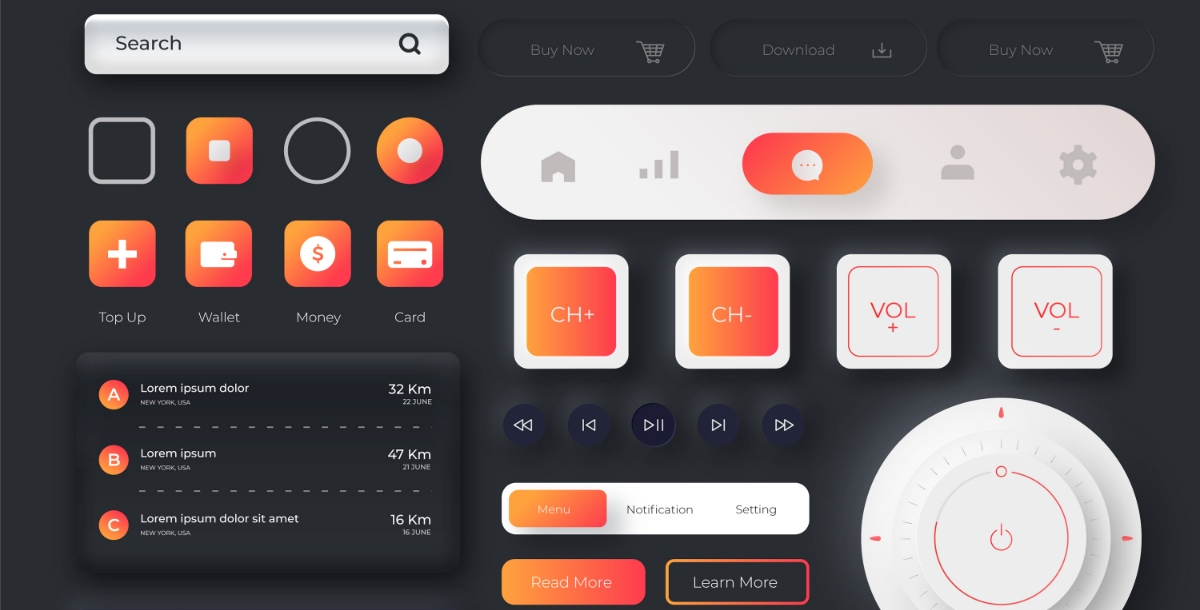
Dark mode and low-light UI options offer users a visually soothing alternative to the traditional bright interfaces, reducing eye strain and saving battery life on mobile devices. This trend caters to user preferences and accessibility, showcasing a brand's commitment to comfort and user-centric design choices.
Designers keen on integrating dark mode should consider the impact on web design business strategies, as offering this feature can significantly improve user satisfaction. Additionally, leveraging AI design tools can streamline the process of creating adaptable themes that switch between light and dark modes effortlessly.
-
Grid-Based Design Structures
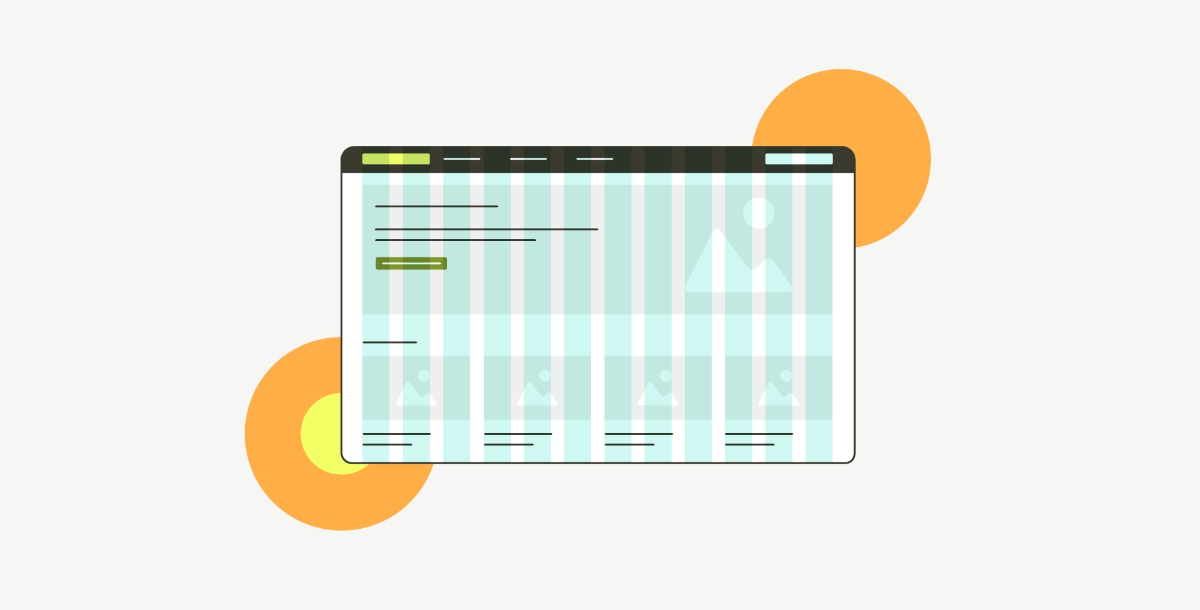
Grid-based design structures provide a solid foundation for creating visually appealing and well-organized websites. By aligning elements within a grid, designers can achieve a balanced and cohesive layout that guides users' eyes through the content logically. This method simplifies the design process and ensures consistency across pages.
Adopting grid systems is a practical approach highlighted in web designer business card maker solutions, offering a glimpse into a designer's ability to create harmony and order. For those building web design portfolios, showcasing grid-based projects can demonstrate a mastery of foundational design principles critical to effective web development.
-
Bold Typography and Large Text
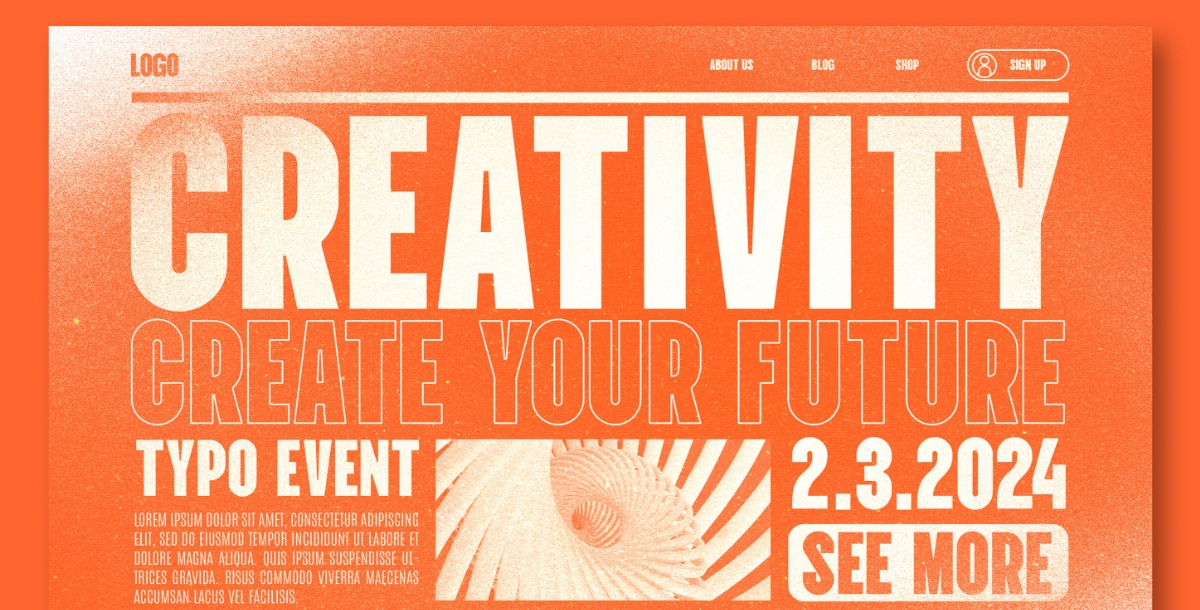
Bold typography and large text have become a staple in web design, offering clear, emphatic messaging that captures visitors' attention instantly. This trend is not just about size but also the strategic use of font-weight to emphasize important information, ensuring that key messages stand out and enhance readability.
Incorporating bold fonts requires a keen eye for design balance, making it essential for designers to use tools like Background Maker to create contrasts that highlight these typographic choices without overwhelming the user experience.
-
Consistent and Cohesive Color Schemes
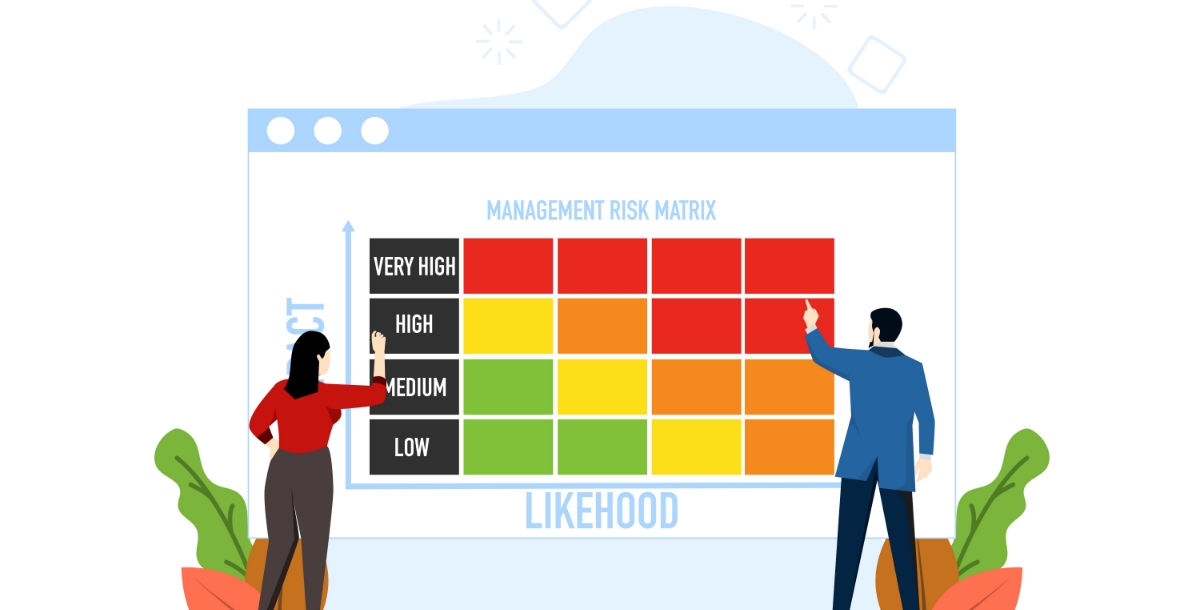
Consistent and cohesive color schemes are crucial for creating a harmonious and visually appealing website. By carefully selecting a palette that reflects the brand's identity, designers can evoke specific emotions and guide the user's perception. A well-chosen color scheme enhances brand recognition and creates a memorable online presence.
To achieve such cohesion, designers might explore background templates, which can serve as a foundational element in developing a color scheme that resonates with the brand and its audience.
-
Micro-Interactions for User Engagement

Micro-interactions are subtle design features that enhance user engagement by providing immediate feedback or visual cues in response to user actions. These small, interactive elements make the user experience more dynamic and enjoyable, encouraging longer engagement times and improving overall satisfaction.
Designing effective micro-interactions often involves animated elements, making AI Animation Generator an invaluable tool for creating smooth, responsive animations that delight users and enrich the interactive experience.
-
High-Quality Photography and Visuals

High-quality photography and visuals play a pivotal role in web design, setting the tone and establishing the visual identity of a website. They not only attract attention but also convey messages more powerfully than text alone, making the content more engaging and relatable to the audience.
To incorporate custom imagery that perfectly aligns with a brand's message, designers can benefit from Illustration Maker tools, allowing for the creation of unique visuals that elevate the site's aesthetic and narrative.
-
Seamless and Intuitive Navigation

Seamless and intuitive navigation is essential for a positive user experience, allowing visitors to easily find the information they're looking for without frustration. A well-structured navigation design guides users through the site effortlessly, enhancing usability and satisfaction.
Achieving such seamless navigation can sometimes require the incorporation of custom icons or graphics, which can be expertly designed with illustration templates, ensuring that every navigational element is both beautiful and functional.
-
White Space for Visual Balance
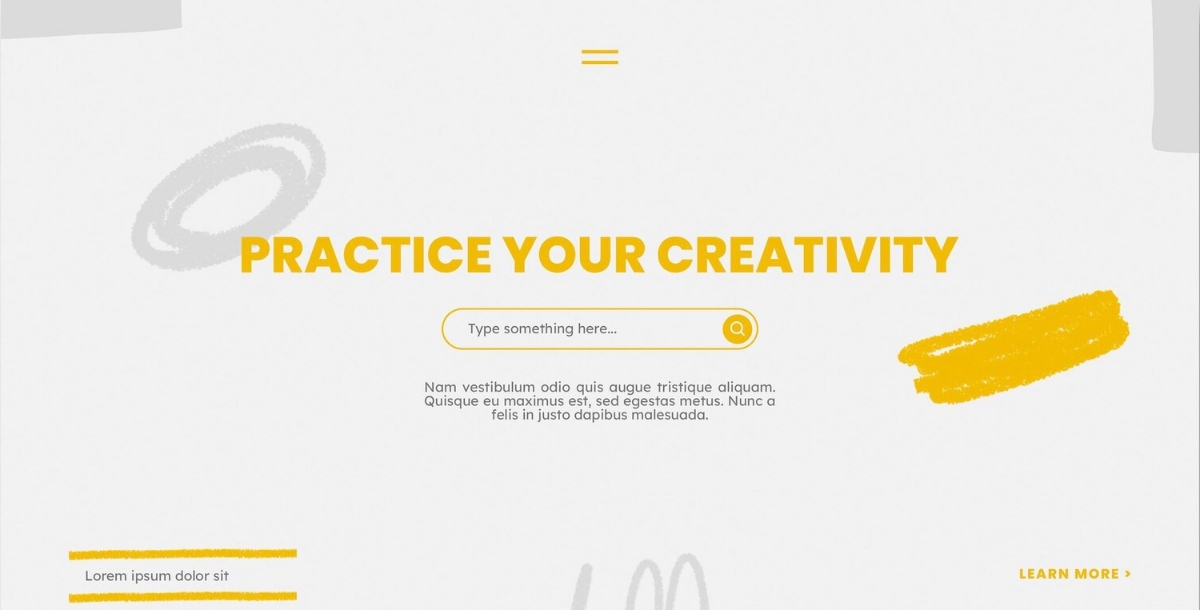
White space, or negative space, is a powerful design element that contributes to visual balance, readability, and content prioritization on a website. By intentionally leaving parts of the layout empty, designers can create a clean, uncluttered look that focuses the user's attention on the most important content.
The strategic use of white space is a testament to a designer's mastery of web design principles, highlighting the importance of structure and spacing in creating a comfortable viewing experience that encourages engagement and comprehension.
Conclusion
Design trends come and go with the changing tides of technology and user preferences, and anchoring your work in timeless web design trends ensures longevity and relevance. By incorporating these evergreen design principles into your projects, you not only elevate your web design portfolio but also contribute to the creation of web spaces that are beautiful, functional, and enduring. As we look towards 2024 and beyond, let us remember that the true essence of great web design lies in its ability to adapt, evolve, and resonate across generations, bridging the timeless with the innovative.
Related Articles
- How to Turn Off the Red Dot in Slack: A Step-by-Step Guide
- 610+ Best Instagram Bio for Girls
- Can Feedback Enhance Semantic Grounding in Large Vision-Language Models?
- Best Dark Web Websites for Privacy, Freedom, and Knowledge
- Appy Pie, the sole App Builder at CEBIT 2018 Piqued Curiosity & Wonder Among the Visitors
- Database vs Spreadsheet- Choosing the Best Data Management Tool
- 10 Best Travel Websites For Your Dream Trip
- How to Choose the Right Email Protocol?
- Champagne Color as a Versatile and Timeless Element in Graphic Design
- Whiteboard-of-Thought: Thinking Step-by-Step Across Modalities
